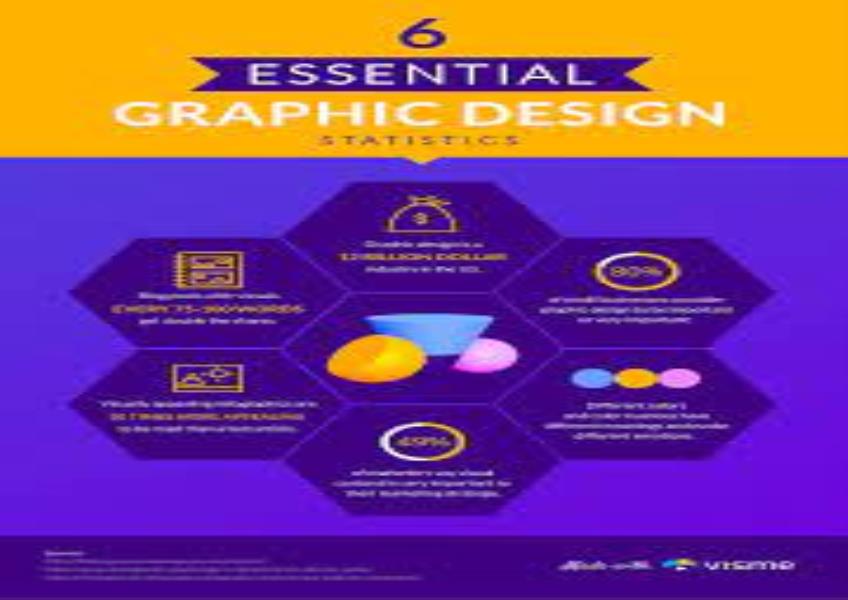Get the latest updates From BL Soni College Bhilwara

How can graphic design be used to create visually appealing illustrations?
Graphic design plays a crucial role in creating visually appealing illustrations. Whether you're designing a poster, a book cover, a website, or any other visual medium, here are some key principles and techniques that can help you create attractive illustrations: Understand the Purpose: Before you start designing, it's essential to understand the purpose and target audience of your illustration. What message or emotion do you want to convey? Knowing this will guide your design choices. Use a Strong Composition: A well-structured composition is the foundation of any appealing illustration. Consider factors like balance, symmetry, and focal points. The rule of thirds is a helpful guideline to create a pleasing layout. Choose a Suitable Color Palette: Colors evoke emotions and can set the tone for your illustration. Select a color palette that matches the mood and message of your illustration. Make sure the colors harmonize and don't overwhelm the viewer. Typography: If your illustration includes text, pay attention to typography. Choose fonts that complement the overall design, and make sure the text is legible. Adjust font size, spacing, and alignment as needed. Use Contrast: Contrast helps elements stand out and adds visual interest. Contrast can be achieved through color, size, shape, and texture. For example, use bold colors against a neutral background or large elements next to smaller ones. Balance and Harmony: Maintain balance in your illustration to prevent it from feeling cluttered or empty. Achieve harmony by ensuring that all elements work together cohesively. Create Depth: Use techniques like shading, gradients, and layering to give your illustration a sense of depth and dimension. This can make it more visually engaging. Simplify and Streamline: Avoid unnecessary complexity. Sometimes, less is more. Simplify your illustration by removing extraneous details and focusing on the essential elements. Use Visual Hierarchy: Establish a clear visual hierarchy to guide the viewer's eye through the illustration. Use size, color, and placement to emphasize important elements. Consistency: Maintain consistency in style and elements throughout your illustration. This helps create a unified and polished look. Research and Inspiration: Gather inspiration from other illustrators and designers. Look at what works well in similar contexts and adapt those techniques to your project. However, always strive for originality. Experiment: Don't be afraid to experiment with different techniques, styles, and tools. Sometimes, trying something new can lead to unique and appealing results. Feedback: Seek feedback from peers or mentors. Another perspective can help you identify areas for improvement and refine your design. Attention to Detail: Pay close attention to small details like line quality, texture, and spacing. These details can make a big difference in the overall appeal of your illustration. Stay Updated: Graphic design trends evolve over time. Stay updated with the latest trends and techniques, but also be mindful of timeless design principles. Remember that creating visually appealing illustrations often requires practice and iteration. Don't be discouraged if your first attempts don't meet your expectations. Keep refining your skills and experimenting, and you'll continue to improve as a graphic designer.


